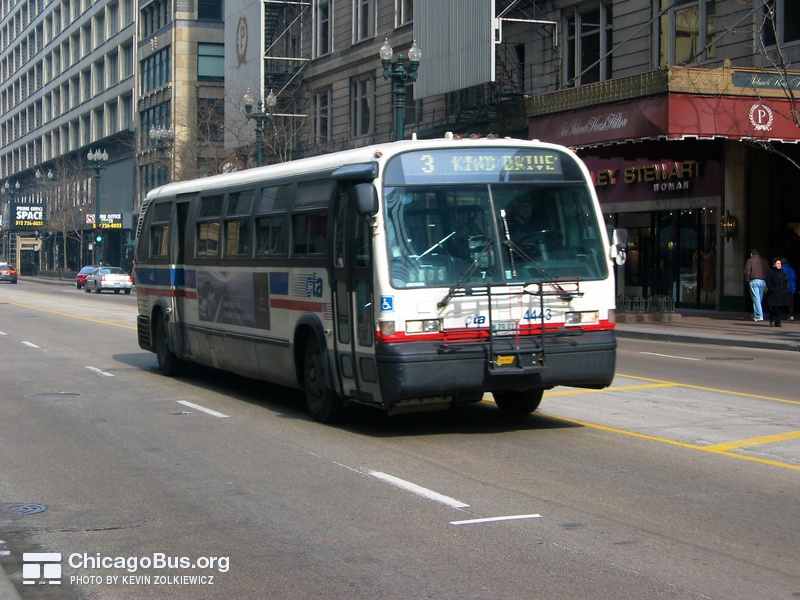[flickr]photo:8274959361[/flickr]
The Dearborn Street two-way protected bike lane.
In 2012 the Emanuel administration kept the momentum going for walking, biking, transit and public space improvements, with a number of big projects announced and/or completed. For Newcity magazine’s annual “Top 5 of Everything” issue, I submitted the following lists of the most important or interesting sustainable transportation and parks stories of the year. Did I miss anything?
Top 5 Wheelie Exciting Chicago Bicycling Stories
Hundreds of cyclists provide input for 645-mile Streets for Cycling Plan 2020 network
Comrade Cycles, Chicago’s first worker-owned bike shop, opens in Ukrainian Village
Couriers from around the globe gather here for Cycle Messenger World Championships
Final plans for Bloomingdale trail and “linear park” released; construction slated for 2013
CDOT builds Chicago’s first two-way protected bike lane downtown on Dearborn Street
[flickr]photo:7997186407[/flickr]
Bollywood dancing at Open Streets on Milwaukee Avenue.
Top 5 Not-So-Pedestrian Local Walking Stories
Chicago’s speed camera ordinance passes, paving the way for safer walking conditions
Make Way for People plan to turn alleys, cul-de-sacs and parking spots into mini parks
City releases first-ever comprehensive Pedestrian Plan
Open Streets ciclovia expands to include Milwaukee Avenue in Wicker Park / Bucktown
Mayor Emanuel announces $100 million plan to complete the Chicago Riverwalk
[flickr]photo:6982276222[/flickr]
The CTA Yellow Line’s new Oakton-Skokie station. Photo by Jeff Zoline.
Top 5 Rapidly Developing Transit Stories
CTA announces 5-month closure of south Red Line, $240 million 95th St. station rehab
Both CTA and Metra hike farecard prices
Sparkling new CTA stations open at Green/Pink Morgan and Yellow Oakton-Skokie
Amtrak train hits 111 MPH downstate, paving the way for high-speed service to St. Louis
Jeffery Jump debuts; plans for bus rapid transit downtown, and on Western, Ashland
[flickr]photo:8309819534[/flickr]
Park district rendering of Northerly Island redesign.
Top 5 Blossoming Chicago Park District Stories
Rahm announces $290 million plan for 800 parks & rec projects citywide in next 5 years
Construction starts on four new boathouses along the Chicago River
$5 million Northerly Island rehab will add topography, native habitats and campsites
Take the Field plan earmarks $12 million for sports fields in underserved communities
North Grant Park, now Maggie Daley Park, will get climbing sculptures & skating ribbon
